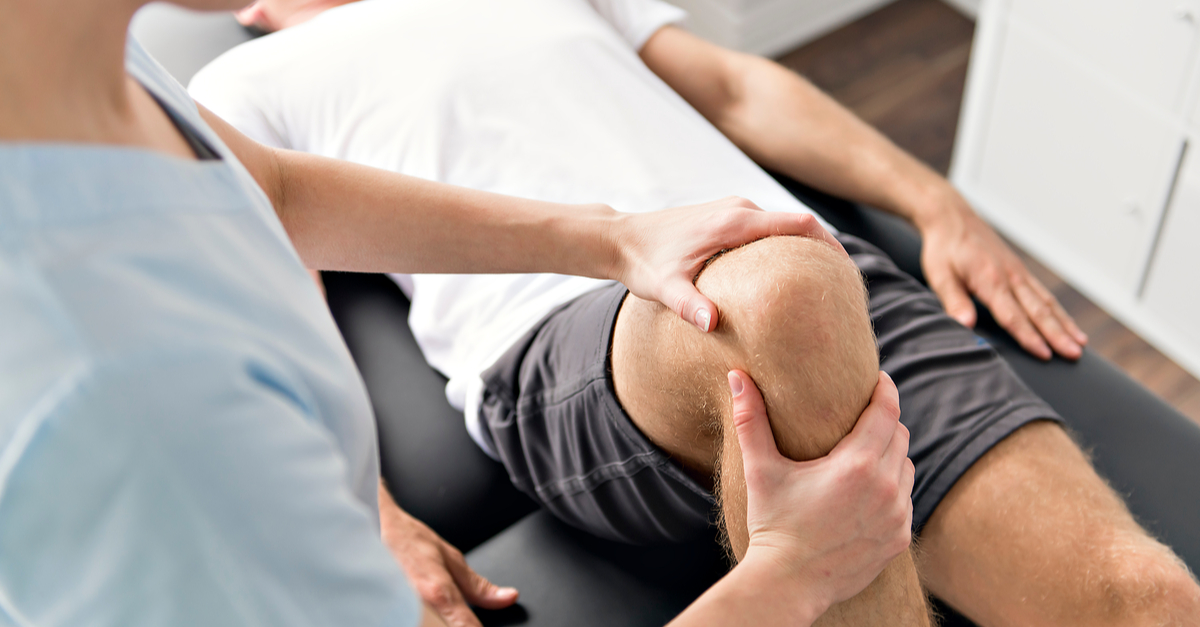Meniscus surgery is the most common orthopedic procedure performed in the U.S. According to Harvard Medicine, 750,000 meniscus surgeries are done each year. However, when it comes to a pain-free knee, surgery alone is no guarantee. Several studies show similar results with either surgery or conservative treatments. The best results occur when surgery is combined with an individualized exercise program.
Most people who have arthroscopic meniscus surgery undergo a partial meniscectomy. This involves removing the torn portion of cartilage. Your surgeon will also smooth out any rough edges of the tear. The remaining healthy meniscus is preserved as much as possible. However, even when surgery is well done, many people still report ongoing pain. Also, if you undergo meniscus surgery you are more likely to develop arthritis and undergo a future knee replacement.
Your Rehabilitation is the Key after Meniscus Surgery
A 2014 study from Europe compared the results of surgery alone versus surgery plus rehabilitation. The group of people who received rehab after their surgery achieved more than 3 times the improvement in pain and function 3 months later. The improvements were still 2 times better in the rehab group 1 year after surgery.
Another large systematic review looked at the benefits of home exercise instead of supervised physical therapy in an outpatient clinic. Both home and supervised exercise were superior to not doing any exercise after surgery. However, those who received outpatient physical therapy showed better improvements in knee range of motion and function.
For the best results, both home and in-person physical therapy exercises should be done. We recommend exercising at least 3 times per week after surgery. Rehab usually lasts 4 to 8 weeks. After this time, your therapist and surgeon may clear you to perform gym-based exercises.
Components of Your Meniscus Surgery Rehab
Below is a brief overview of how to progress your rehab. Everyone improves at a different rate. Don’t compare yourself to others who claim to have had the same surgery. Instead, focus on making small improvements every day. Here’s how.
1. Control Your Pain and Swelling
The easiest way to speed up your recovery is to keep your knee swelling down. We recommend frequent icing 3 times per day for the first 7 to 10 days after surgery. You only need 10 to 15 minutes each time. A light compression sleeve or ace wrap is also helpful for the first few days. It is always best to elevate your leg when resting.
Keep moving. Get back to light regular activities as soon as possible. But don’t overdo it until the swelling is down. Stay away from any deep knee bends or squats. Don’t force any range of motion. Gentle movement will help your pain and swelling. Aggressive stretching will not.
Start some gentle heel slides and quadriceps isometric exercises on post-op day 1. Start with 10 to 20 reps each session. Do these exercises 3 times per day until you see your physical therapist. You can also start light stationary cycling without resistance within a few days of your surgery.
2. Restore Your Range of Motion
After your swelling is nearly gone and your pain is minimal, you are ready to push your range of motion a little more. Getting your knee fully straight is extremely important. Heel propping exercises and quadriceps isometrics are very useful. Perform these at least 3 times per day until your knee is fully straight. You must have a straight knee to walk properly.
You do not want to be overly aggressive with bending your knee. It takes a little longer to regain full knee bending. If you are too aggressive you can irritate your meniscus and stir up the swelling again. Heel Slides and quadriceps stretching exercises will get the job done. Be consistent with daily stretching. But also be patient.
3. Begin Strength Training
After surgery, your quadriceps muscle is going to shrink and weaken. This will happen fast. Doing quadriceps isometric exercises immediately after your surgery will help. But you will also have to perform progressive strengthening exercises to get this muscle back up to speed. Weak quad muscles will cause more stress through your knee joint. Excessive loading will increase your chances of developing arthritis in your knee.
Once you start to regain some of your quadriceps strength, you want to transition to weight-bearing exercises. This is when your physical therapist will prescribe step-up exercises and modified squats. With these types of exercises, it is important that you relearn how to use both your hip and quadriceps muscles together. When done right, you will minimize stress through your knee.
4. Return to Your Activity or Sport
During this phase, your physical therapist will help you develop a plan to return to your favorite activity or sport. The specific exercises are dependent on your goals. For athletes returning to competitive play, performance testing will determine your readiness to return.
Even for recreational athletes, you must meet specific criteria to gain full clearance. This includes no pain or swelling and an adequate range of motion and strength. Your therapist will help you develop an exercise program to keep you strong and at your best as you transition back to all aspects of your life.
Meniscus Surgery: Start Your Rehab the Right Way
Exercise is a crucial part of your recovery from meniscus surgery. The exercises you perform are matched to your phase of recovery and long-term goals. The 6 simple exercises included in this article are only samples of those we commonly prescribe. At BSR, your doctor of physical therapy will individualize your program so you can get on the fast track to recovery.
It is important to get started soon after your surgery. If you would like help from the experts at BSR, call one of our offices to schedule your initial evaluation. We have been helping the people of southern Ocean County move without pain since 2007. We look forward to helping you next.

